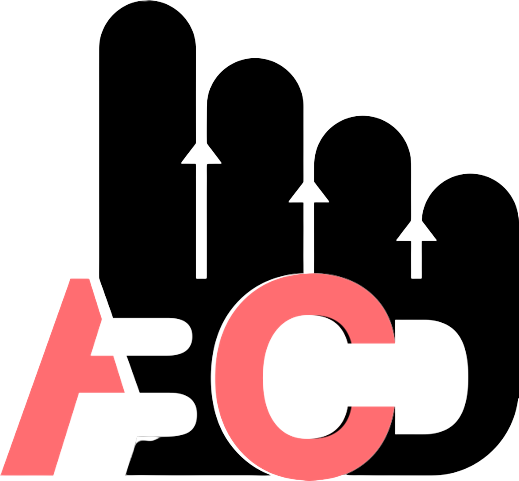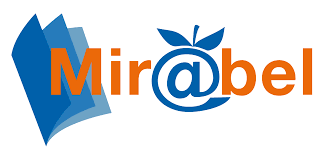Gentzler, Edwin. Translation, hypertext, and creativity: Contemporary translation theories. Bristol: Multilingual Matters, 2001. 232 p.
DOI:
https://doi.org/10.5007/2175-7968.2018v38n1p227Resumo
Contemporary translation theories (Gentzler,2001) provides readers with a thorough historical analysis of how the notion of creativity and autonomy in what regards reading has been transformed – as well as regarding its influence towards the idea of translation. The place occupied by the translator is a place between spaces; a fluid locale where any concreteness has melted. Meaning is thus not graspable or amenable to be tamed; on the contrary, literature is about opening up more space for the wilderness to be (re)discovered. A text is many texts, a hypertext, filled in with narratives that mutually supplement one another, deconstructing and reconstructing meanings; and, within such picture, translation emerges not as an opportunity to resurrect the body of an original text, but as a phantasm of both sameness and uniqueness. What does exist cannot be seen; it is always on the run; meanings surface from liquefied pages, pages that escape our attempt of defining them for good. This is why translation can be taken as metonym: as s/he recreates the original text within the target context, the translator choose to highlight those textual elements that s/he deems relevant – those fragments of the text that have touched and determined his/her reading. The experience of translation, that goes beyond dichotomist standards (e.g. foreign/domestic, equivalent/adapted, etc.), is finally taken as a profitable realm for the literary discourse to validate its impalpability. Such shift in the approach towards translation is significant because, even though the process of recreation takes place in every textual practice, tradition has been pressuring translation scholars towards the designing of guidelines and norms that, I dare say, only obstruct the task of translating.
Referências
Gentzler, E. Translation, hypertext, and creativity: Contemporary translation theories. Bristol: Multilingual Matters, 2001. 232 p.
Downloads
Publicado
Como Citar
Edição
Seção
Licença
Autores têm autorização para assumir contratos adicionais separadamente, para distribuição não exclusiva da versão do trabalho publicada nesta revista (ex.: publicar em repositório institucional ou como capítulo de livro, com reconhecimento de autoria e publicação inicial nesta revista).





















































